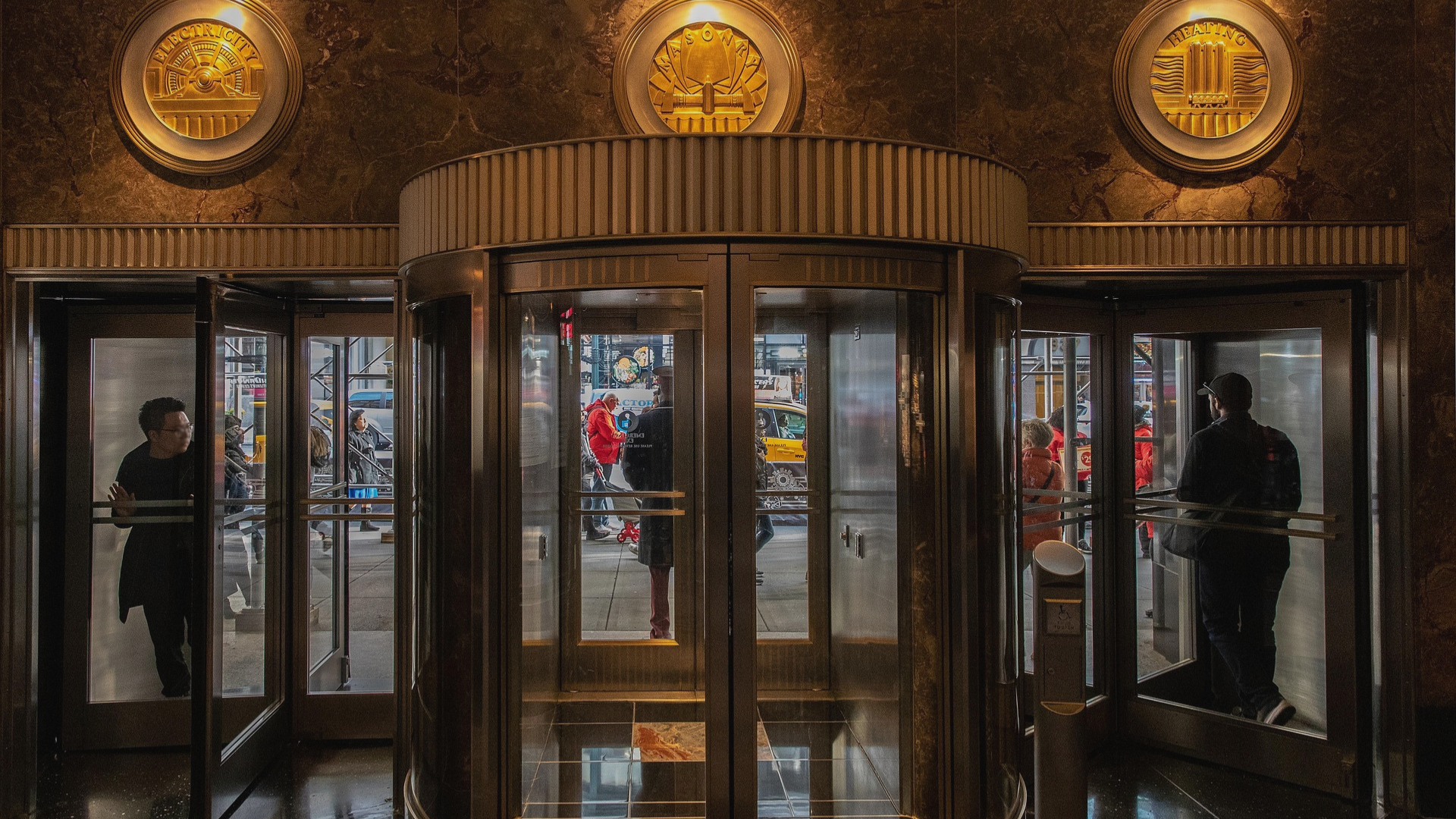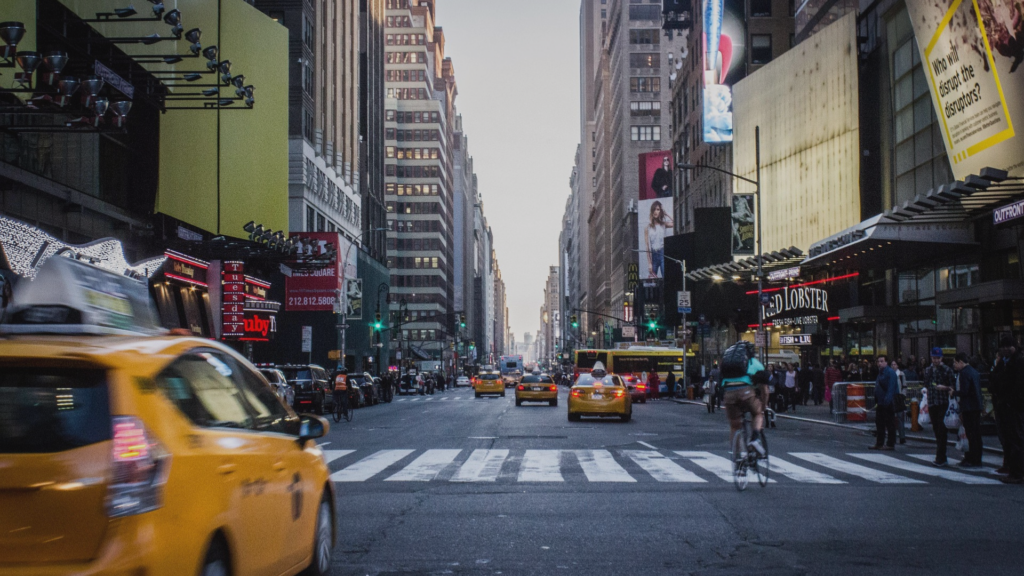How Energy Management Supports Universities Net Zero Goals
- Topics :
- Building Performance Standards Compliance
Mamdani and the Future of Building Decarbonization Under Local Law 97
Published November 10, 2025

Zohran Mamdani’s election as New York City’s next mayor places him at the center of one of the world’s most ambitious urban climate policies. With Local Law 97 setting stringent carbon caps for large buildings, the incoming administration faces immediate pressure to keep the city’s building decarbonization agenda on track. More than half of the covered properties are projected to require major retrofits within the next five years to meet the 2030 targets. The stakes are high for building owners, developers, and city planners navigating both compliance and cost.
Background: Local Law 97 and why it matters
Local Law 97 (LL97), enacted in 2019 as part of the city’s Climate Mobilization Act, applies to buildings over 25,000 square feet. These buildings account for around 70 percent of New York City’s greenhouse gas emissions. The law mandates a 40 percent emissions reduction by 2030 compared to 2005 levels, and complete carbon neutrality by 2050. Property owners that exceed their allocated emissions limit face annual fines of $268 per metric ton of carbon dioxide equivalent. LL97 represents a pivotal experiment in large-scale urban decarbonization and has influenced similar policies in Boston, Washington D.C., and Seattle. Its success or failure will shape how cities globally approach building performance standards.
A new administration and the climate roadmap
Zohran Mamdani campaigned on an agenda combining housing equity and green transformation. His administration is expected to prioritize a climate strategy that supports residents and small property owners, while maintaining the emissions reduction pace set by previous city leadership. Early indications suggest a focus on workforce development, streamlining the retrofit permitting process, and expanding access to low-interest green financing. The incoming mayor may propose a public-private retrofit corps designed to help owners of older multifamily buildings upgrade energy systems without displacement. The transition offers an opportunity to align the city’s building code, zoning policy, and energy assistance programs under a unified decarbonization plan.

Who’s affected and what’s required
The law affects a wide range of sectors, including commercial offices, hotels, hospitals, and large residential buildings. The most common compliance measures include electrifying heating and cooling systems, upgrading building envelopes, improving insulation, and installing high-efficiency windows. Smart energy controls and performance monitoring systems are becoming essential for maintaining compliance over time. Estimates suggest that more than 50 percent of buildings subject to LL97 will need significant retrofits by 2030. Retrofitting a 500,000-square-foot office building could cost between 10 and 15 million dollars but may reduce annual energy costs by up to 25 percent. These projects also generate co-benefits such as improved indoor air quality and increased property value.
Deadlines, penalties, and funding options
The law’s first compliance period runs from 2024 to 2029, setting moderate carbon caps to encourage early action. The second period, beginning in 2030, introduces stricter thresholds that will require deeper emission cuts. Buildings that fail to comply will face annual penalties based on their excess emissions. To help finance upgrades, several programs are available. The New York State Energy Research and Development Authority (NYSERDA) offers support through RetrofitNY and the Empire Building Challenge. The NYC Accelerator provides free technical assistance, while the city is exploring the use of municipal green bonds to fund large-scale retrofits. However, a funding gap remains for midsize owners who fall between large commercial developers and small residential cooperatives.

Compliance pathway and retrofit strategy
Building owners and managers are encouraged to take a structured approach to compliance. Recommended steps include:
- Conduct energy audits and emissions benchmarking
- Develop phased retrofit plans through 2030
- Prioritize electrification readiness
- Integrate renewable energy such as rooftop solar and storage
- Use real-time monitoring tools to track performance and prevent penalties
A proactive retrofit plan not only reduces emissions but also enhances tenant comfort and aligns with corporate ESG commitments. The risk of inaction is growing as insurance and financing markets increasingly price in carbon compliance risks, leading to potential asset devaluation.
Building owners and managers are encouraged to take a structured approach to compliance. The recommended pathway includes conducting energy audits and emissions benchmarking, developing phased retrofit plans through 2030, and prioritizing electrification readiness. Investments in renewable energy such as rooftop solar and energy storage systems can further reduce carbon intensity. Real-time monitoring tools help track energy performance and prevent penalty exposure. A proactive retrofit plan not only reduces emissions but also enhances tenant comfort and aligns with corporate ESG commitments. The risk of inaction is growing as insurance and financing markets increasingly price in carbon compliance risks, leading to potential asset devaluation.
What’s next for NYC
As Mayor-elect Mamdani prepares his climate and infrastructure team, coordination between the city and state agencies such as NYSERDA and the federal Department of Energy will be critical. Industry observers expect the administration to expand financial support programs while maintaining the overall emission cap trajectory. John Mandyck, CEO of the Urban Green Council, notes that the next mayor will face a complex balancing act between climate ambition, economic feasibility, and housing equity. The coming years will determine whether New York City can simultaneously achieve its carbon reduction goals and maintain a resilient, affordable built environment. If successful, the city could emerge as the global model for large-scale building decarbonization.
Reference









